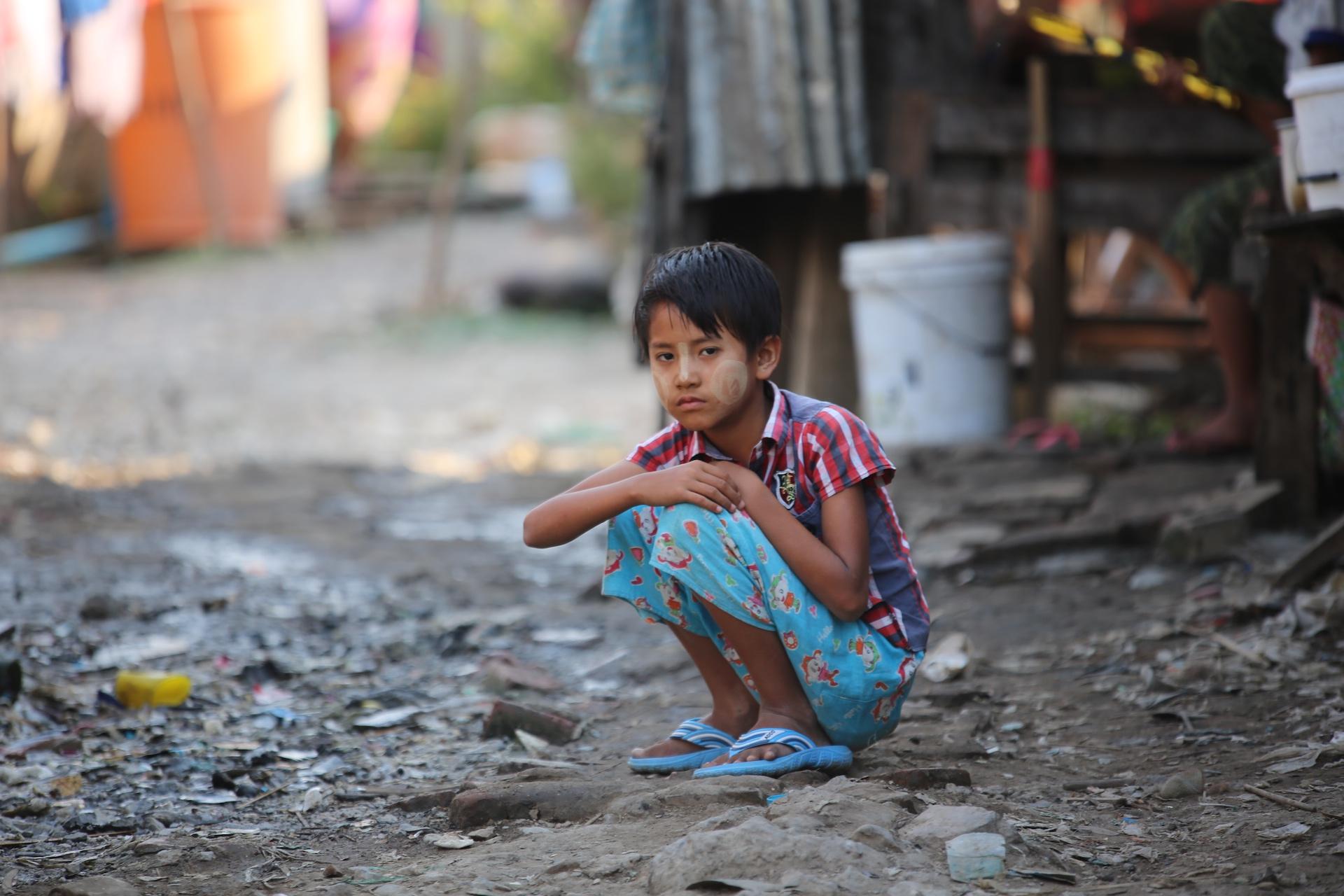What are the causes of child poverty?
19 February 2018
•By Larissa


Child poverty is highly complex. It is shaped by economics, geography and politics. It can emerge following civil upheaval and warfare, extreme weather events or family violence and disintegration. It can be reduced or eradicated through education and training, proper healthcare, and democratic systems of government. In the countries where ChildFund works, child poverty is most commonly linked to the status of parents or caregivers. Poor children are usually to be found living with poor parents; in households where incomes are low. These same children are also more likely to be living in remote, rural communities where local populations are reliant upon subsistence agriculture, and have little access to services in health and education. So what does this mean? Let’s unpack the causes of child poverty, and look at how these factors connect to create a cycle of deprivation.
